Nestled away in N Yorkshire, Fountains Abbey is a ruin of one of the largest Cistercian monasteries in England. It is 30 minutes drive from Harrogate and 3 miles south-west of Ripon.
A welcome day out here for my husband following his cataract operation, saw him take his camera and use his new found vision to capture this lovely, spiritual place. I am so proud of the photos he took having only had his operation last week.
The Abbey was founded in 1132, by 13 monks who wanted their Order to return to the simple monastic life. Within three years the settlement at Fountains Abbey had been admitted to the austere Cistercian Order. They had been thrown out of their own Abbey for wanting to return to simple monastic rule. They found the peace they wanted here.
It soon became wealthy through wool production, lead mining, cattle rearing, horse breeding and stone quarrying.
It remained important until it was closed down in 1539 in the Dissolution of the Monasteries ordered by Henry VIII The abbot, prior and monks were sent away and the wealth plundered.
The abbey is a Grade I listed building and includes Studley Royal Water Gardens and was awarded World Heritage Status in 1987.


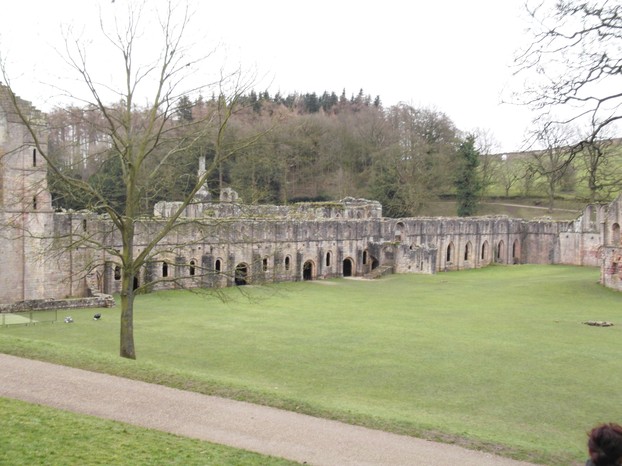
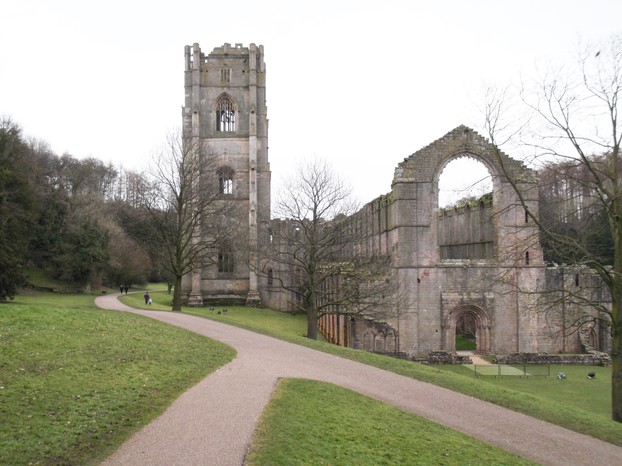
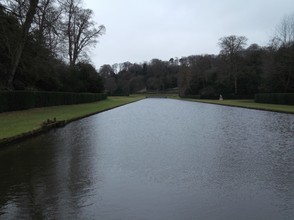
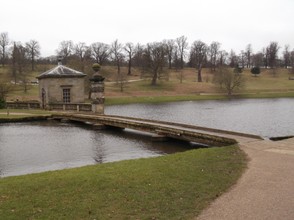
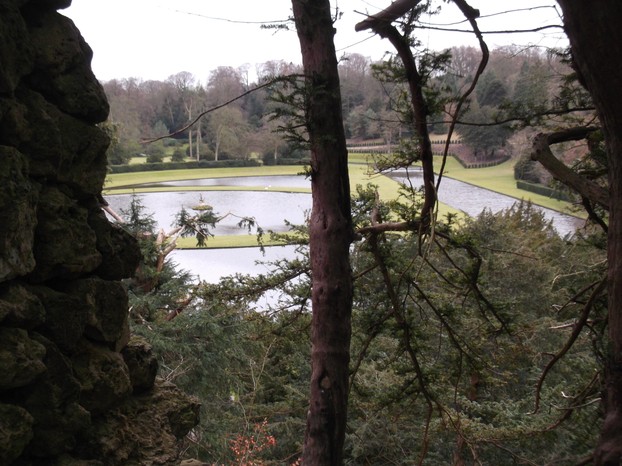
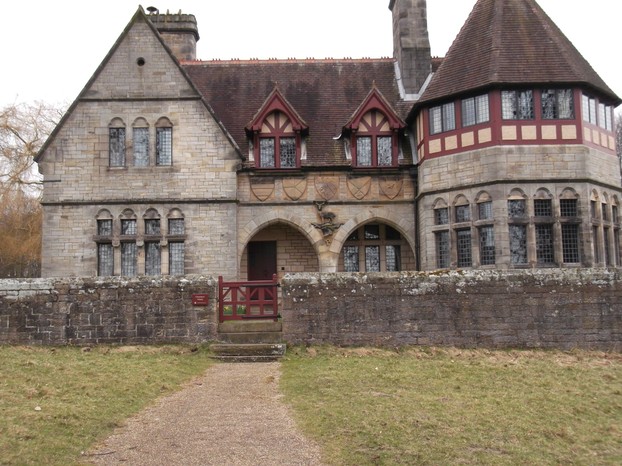
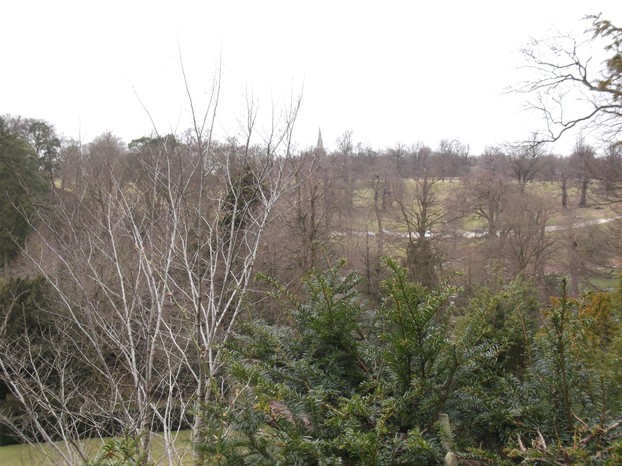
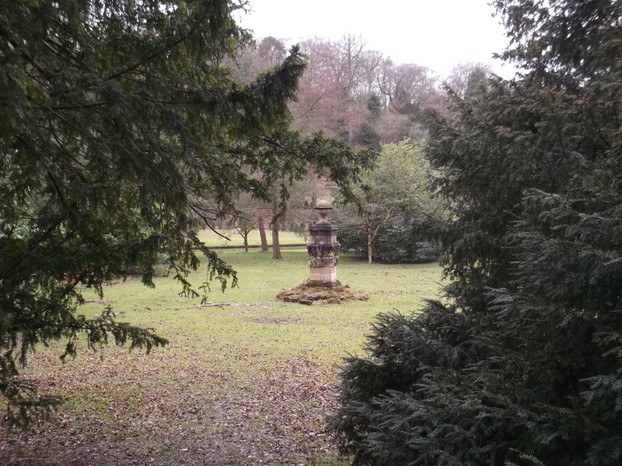
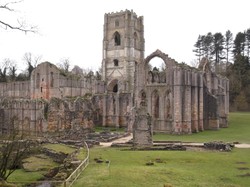

 Blarney Castle and Gardens, County Corkon 06/01/2023
Blarney Castle and Gardens, County Corkon 06/01/2023
 An Cóbh, Corcaigh, Eireon 05/29/2023
An Cóbh, Corcaigh, Eireon 05/29/2023
 Dublin ; The Book of Kellson 04/04/2023
Dublin ; The Book of Kellson 04/04/2023
 The Bee Tree Community CIC;- an online support communityon 08/24/2022
The Bee Tree Community CIC;- an online support communityon 08/24/2022


Comments
I haven't heard of that one. TY
We have some local distinctions in flora and fauna, but they are not vast, and aquatic fauna do not seem to vary much between areas. One exception is the presence of Arctic Char in certain Lake District lakes. This is a relic of the ice age.
Frank and Derdriu
I agree. Our climate precludes distinct fauna and flora really.
TY Derdriu
I didn't go in to The Choristers' House but it is available for rental for holiday-let. Imagine staying there in that house on the estate. A dream come true!
Derdriu, I don't think that there is any stretch of water in Britain that has a distinct aquatic flora.
Veronica, Thank you for taking us along on your family outing to Fountains Abbey and Studley water gardens. Do you know how the Choristers House looks on the inside? Are the water gardens known for any particular aquatic fauna and flora or is it the clean smell and the play of light on, and the quality of, the water?
The phenomenon of ghosts does not admit of one explanation. The stone tape theory does explain the experiences that people have in places, but not all of them, especially when something interactive with humans seems to be going on.
To stay on monasteries, it would be interesting to spend some time alone in ruined abbeys to see what can be experienced.
I do believe in stone tape memories. Maybe Frank you could do an article on it. I don't believe in ghosts but I do believe that stones contain a continued energy, an electricity which triggers under conditions of electricity sparked by high human emotion.
Don't monastic ruins have a powerful atmosphere. but old buildings often do, as if something lingers, written as a trace in their ancient stones. Insensitive people can walk through them and feel nothing, but the sensitive feel their atmosphere. The spirituality of a place lingers on even when it is abandoned and ruined.
Wonder of wonders, after telling you in my previous post that I had earned no money from Wizzley, I have made an Amazon sale! Yippee! Thirty six cents, but it's a start.